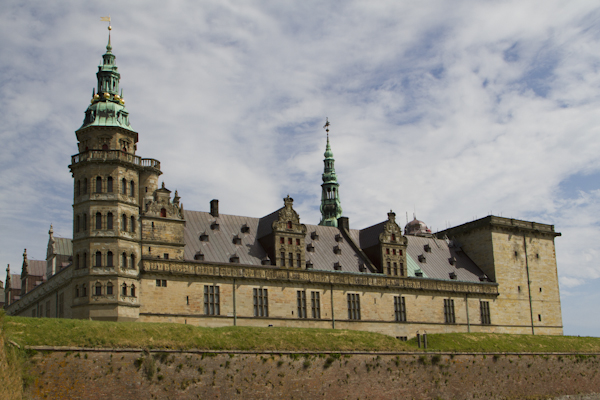
Okay, I wasn’t really hanging out at Hamlet’s house. And I didn’t find myself talking to skulls in any graveyards, either.
Shakespeare just anglicized this place as Elsinore, and used it as the setting for his famous tragedy. The indecisive prince wasn’t even a historical person, but such is the power of literature that people have referred to this place as Hamlet’s Castle ever since.
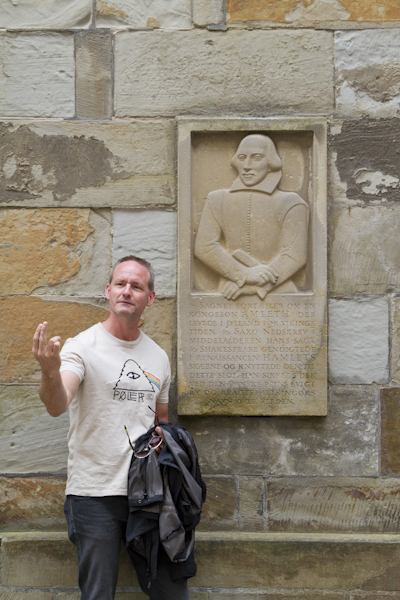
You’ll find the little harbour town of Helsingor — as it’s properly known in Danish — on the northeastern tip of the island of Zealand. And it’s a lovely place to spend the day if you’re in the neighbourhood.
We took a very pleasant train ride up there from Copenhagen one sunny Denmark day, and made the leisurely stroll from the station to Kronberg Slot, visible from the railway terminus.
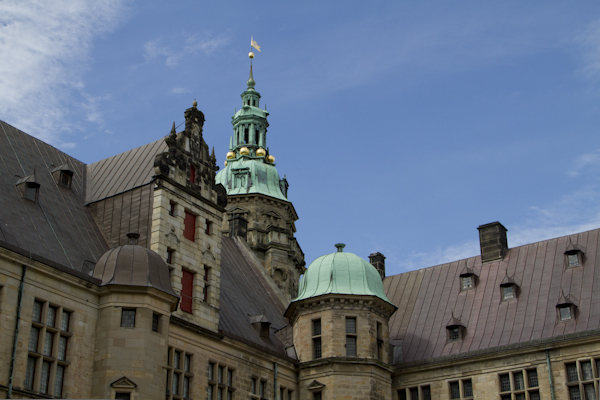
This UNESCO listed palace is one of the most important Renaissance castles in Northern Europe. But it’s primary function was not as a royal residence…
Kronborg Slot was just a really posh toll booth.
You see, the castle sits at the narrowest point of the Oresund, the sound between Denmark and Sweden. It’s only 4 km wide at this point, and its one of the few outlets of the Baltic Sea.
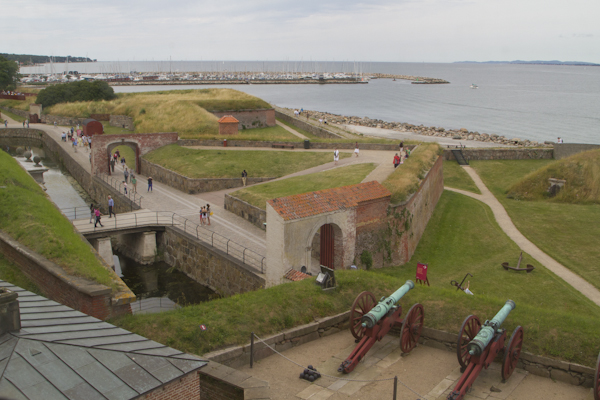
As anyone who has ever paid taxes knows, governments typically feel that they should have a portion of your money just for showing up. And Denmark in the Middle Ages was no different.
The Danish King, Eric of Pomerania, was quite insistent on the payment of what he called “sound dues” by all ships wishing to enter or leave the Baltic Sea by passing through these narrow waters.
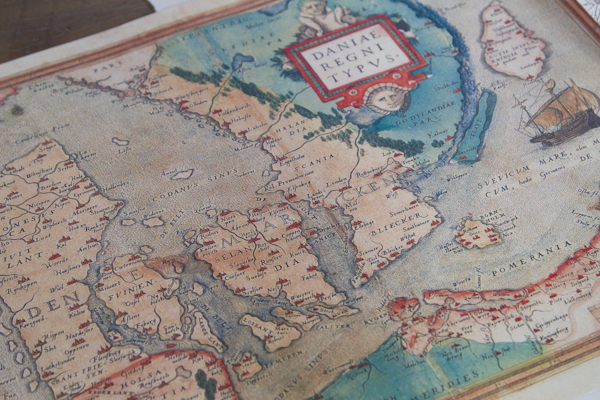
Now a claim like that is going to take a bit of muscle to collect — old Eric was no fool, after all. Hence the fortress, and all those guns.
Eric built the first stronghold on this site in the 1420’s. It was only enlarged later, from 1574 to 1585, when King Frederick II decided he needed a properly magnificent castle to kick back in whenever he was feeling especially regal.
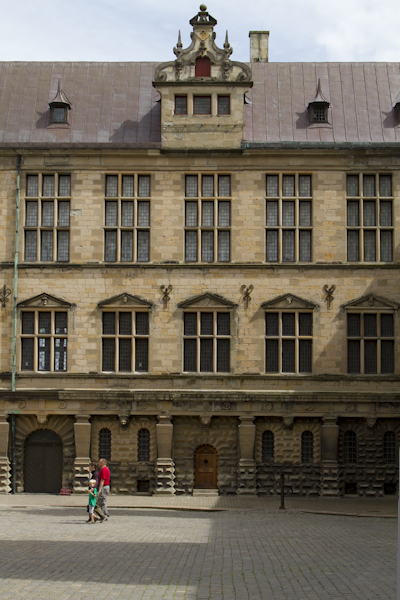
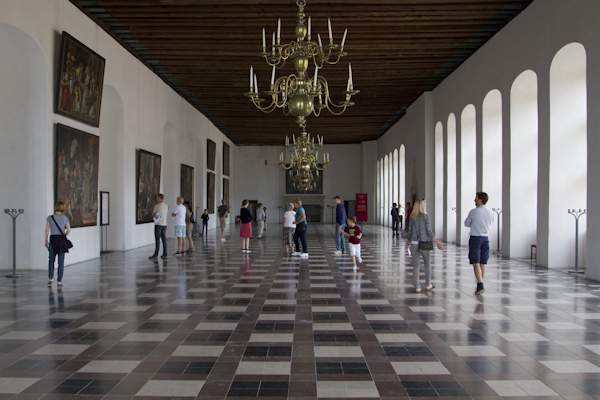
Kronberg went through many changes over the years — it was partly destroyed by fire in 1629 and rebuilt, and the Swedes captured and looted it in 1658, perhaps in an attempt to get a refund for all those tolls.
The Kings and Queens finally left in 1785 and the army took over, converting Kronberg into a barracks, which they used until 1923.

After a bit of sprucing up, it was opened to the public, and it remains one of Denmark’s most popular attractions.
It’s quite a large place, with several wings, royal apartments and chapels to explore.
To soliloquize or not to soliloquize? I’ll leave that up to you.
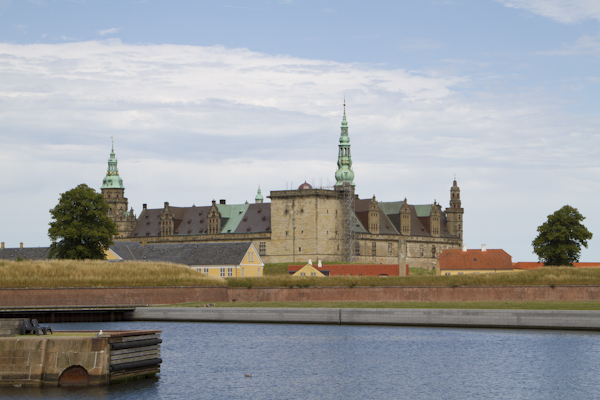
Photos ©Tomoko Goto 2015

Get your FREE Guide to Creating Unique Travel Experiences today! And get out there and live your dreams...
